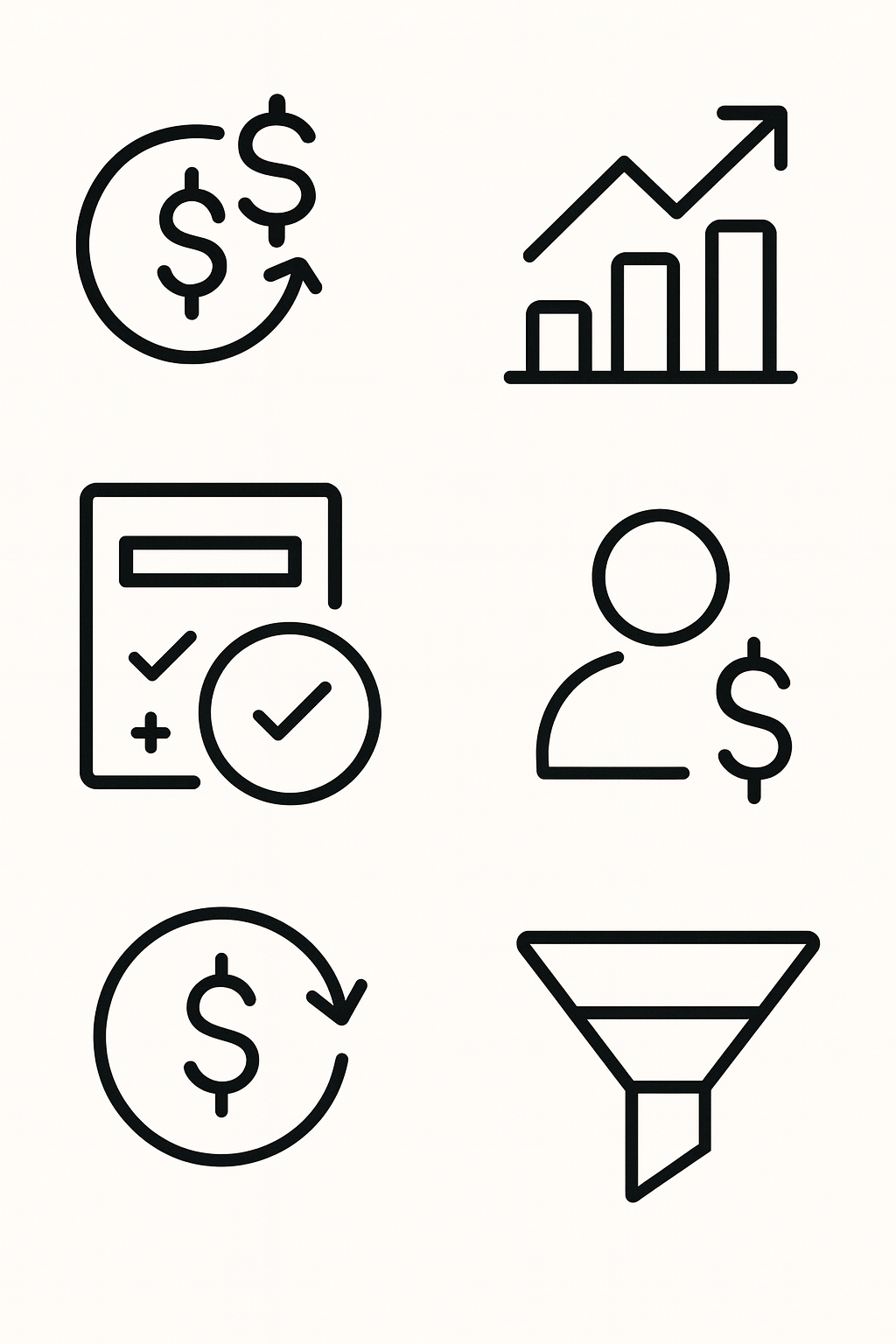In today’s fast-moving business environment, decisions based on assumptions are no longer enough. The most successful business owners rely on data-driven insights to track performance, identify opportunities, and spot problems before they grow. Whether you run a small business, a startup, or a growing enterprise, monitoring the right metrics helps you stay profitable, scalable, and competitive.
Below are the top business metrics every owner should monitor — and why they matter.
Revenue is the total income your business earns through product or service sales.
It tells you whether your business is moving in the right direction and helps you understand seasonal patterns, growth rates, and forecasting.
👉 Why it matters: Consistent revenue growth indicates market acceptance and business stability.
This metric reveals how much money you retain after covering the cost of goods sold (COGS).
Gross margin helps you evaluate pricing, production efficiency, and profitability.
👉 Why it matters: A healthy margin means your business can reinvest in marketing, team, and operations.
Also called the bottom line, net profit is what remains after subtracting all expenses—including salaries, rent, marketing, and taxes—from revenue.
👉 Why it matters: It shows your actual profitability and sustainability.
Cash flow tracks how much money moves in and out of your business. Even profitable businesses fail due to poor cash flow.
👉 Why it matters: Positive cash flow ensures you can pay bills, invest in growth, and handle unexpected expenses.
CAC represents how much you spend to acquire one new customer. It includes marketing, ads, software tools, and sales activities.
👉 Why it matters: If CAC increases but revenue doesn’t, your business may scale unprofitably.
CLV measures how much revenue you earn from a customer over their entire relationship with your business.
👉 Why it matters: High CLV + Low CAC = Profitable growth.
Churn rate measures how many customers stop buying or using your services within a given time.
👉 Why it matters: High churn indicates problems with product quality, customer experience, or competition.
This tells you what percentage of leads or visitors become paying customers.
👉 Why it matters: Higher conversions mean better marketing efficiency, increased revenue, and lower CAC.
Monitoring these top metrics gives you a complete picture of your business health. When you track them consistently, you gain the clarity needed to make smarter decisions, reduce risks, and drive sustainable growth.
A data-driven business is a scalable business — and these metrics are the foundation.
 November 15, 2025 - BY Admin
November 15, 2025 - BY Admin